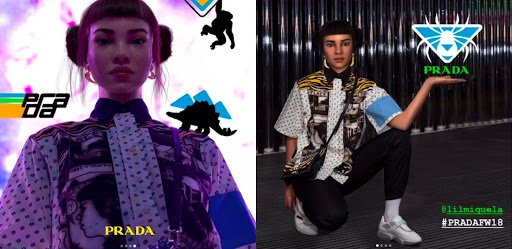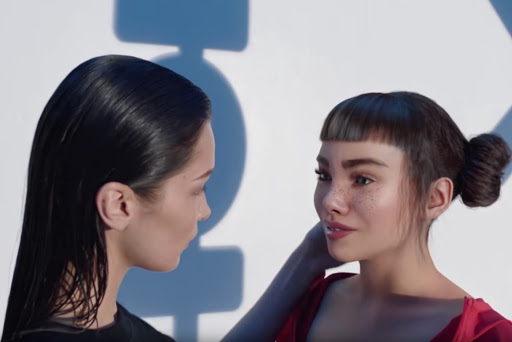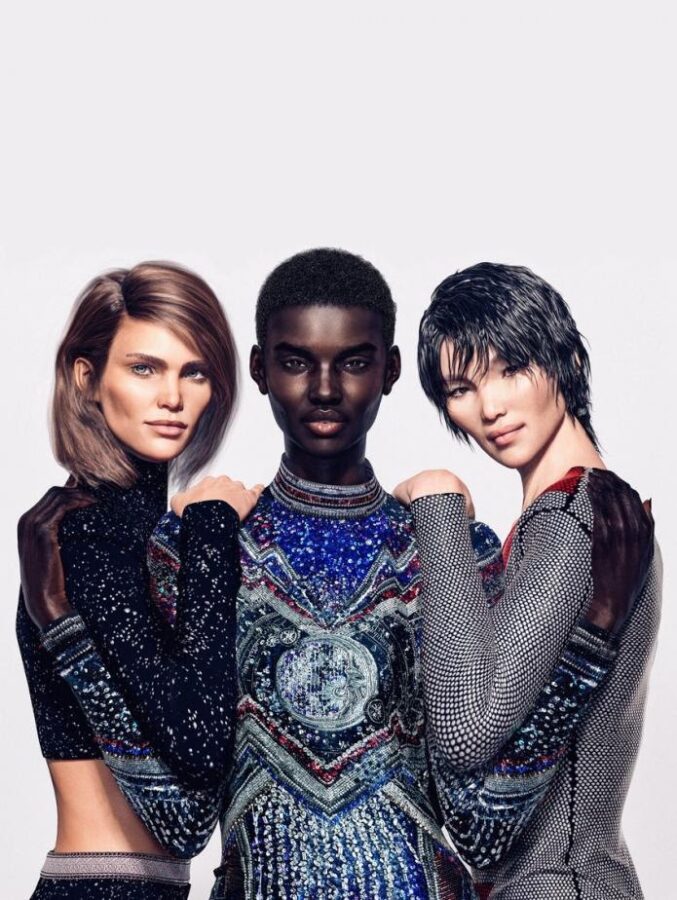Influencer marketing made a new turn. Today, you shouldn’t necessarily be a human to be a thought leader. Here we talk about CGI influencers – they don’t have a heartbeat but they have a huge social influence.
They aren’t humans, but they can influence the lives, thoughts, and purchasing choices of millions around the globe. Created in Silicon Valley, these influencers are not made of flesh and blood. With the rapid growth of computer-generated imagery (CGI), there is also a surge of engagement surrounding its most remarkable creations, CGI influencers. These are digitally crafted characters that “live” real lives on social media, “eat” real food in their pictures, “attend” red carpet events, and build large followings. Like real-life content creators, these social media influencers can also boost your brand’s PR.
One of the first CGI influencers was developed by a startup called Brad based in Los Angeles. In 2016, they introduced Lil Miquela, a virtually existing girl that has quickly become an Instagram pop-star with over 1.6 million followers.
Famous labels, like Prada, Balmain and Calvin Klein, already work with them

- Source: Lil Miquela for Prada
Some of the world’s biggest brands, such as Coca-Cola, KFC, Prada, Louis Vuitton, Balmain, and Calvin Klein, have experienced the benefits of connecting with their audience through CGI influencers. A few have even chosen to develop their own CGI characters. Traditional mascots are becoming outdated, as these digital figures often steal the spotlight from actual celebrities.
Are CGI influencers real? I suppose they are even more “real” than some of us human beings. They live, love, feel, have friends, and communicate… Or that’s how it looks on their social media profiles. They are also “real” because they help companies make very real conversions, drive engagement of a real audience, and increase their brand awareness.
The kiss of The CGI Influencer and Supermodel in a Calvin Klein commercial met criticism… But it also raised engagement
Yes, that’s not all good. Innovations often meet social opposition. Sometimes, it may grow into a scandalous story surrounded by criticism that seems fair to the majority. However, innovation still has a shining power to engage people and drive an emotional response. Innovation may change into a more acceptable shape for people and adjust to their worldview. Or it just finds its loyal tribe and grows inside.
They two kissed in public, and it drove massive audience engagement for Calvin Klein, but it was criticized in the media at the same time. We are now talking about a famous supermodel Bella Hadid and a CGI influencer Lil Miquela. Many said it was an offensive promotion of heterosexuality. However, some name it the call for tolerance and promotion of social diversity.
Balmain’s New Virtual Army promotes social diversity
- Source: Balmain Paris
Black lives matter. Asian lives matter. White lives matter as well. We all matter, and the idea of social diversity is now widely promoted by many famous companies. In 2020, attention to global social problems turned into a digital marketing trend. No, it isn’t the way to manipulate customer emotions toward this problem. It’s a try to popularize the beauty of social diversity to as many people as possible.
On the rise of this trend, Cameron-James Wilson, the CGI artist and the creator of a controversial beauty model Shudu (in the center of the photo), designed two other exclusive digital models for Balmain: Margot (left) and Zhi (right). The New Yorker named Shudu “a digital projection of real-life black womanhood.” Following the idea, a full White-Black-Asian trio was designed to promote social diversity to Balmain’s audience and beyond.
CGI Influencers — The Future of Digital Marketing?
Are CGI influencers the future of digital marketing? Very likely. Influencer marketing is an actionable strategy that allows brands to connect with their customers through the creator’s valuable content. Millions of hungry eyes, attentive ears, and loyal hearts constantly want to get a new portion of original content produced by the person they follow and trust.
However, we have also noticed something else on social media that has drawn our attention. It’s CGI influencers. Many experts consider virtual influencers and real-life content creators as two different and equal forces. But we should admit that the charisma of CGI influencers attracts the millennials and Gen Z-ers probably more since these digital personalities are something very new, something we haven’t used to see in our news feeds on social media.

